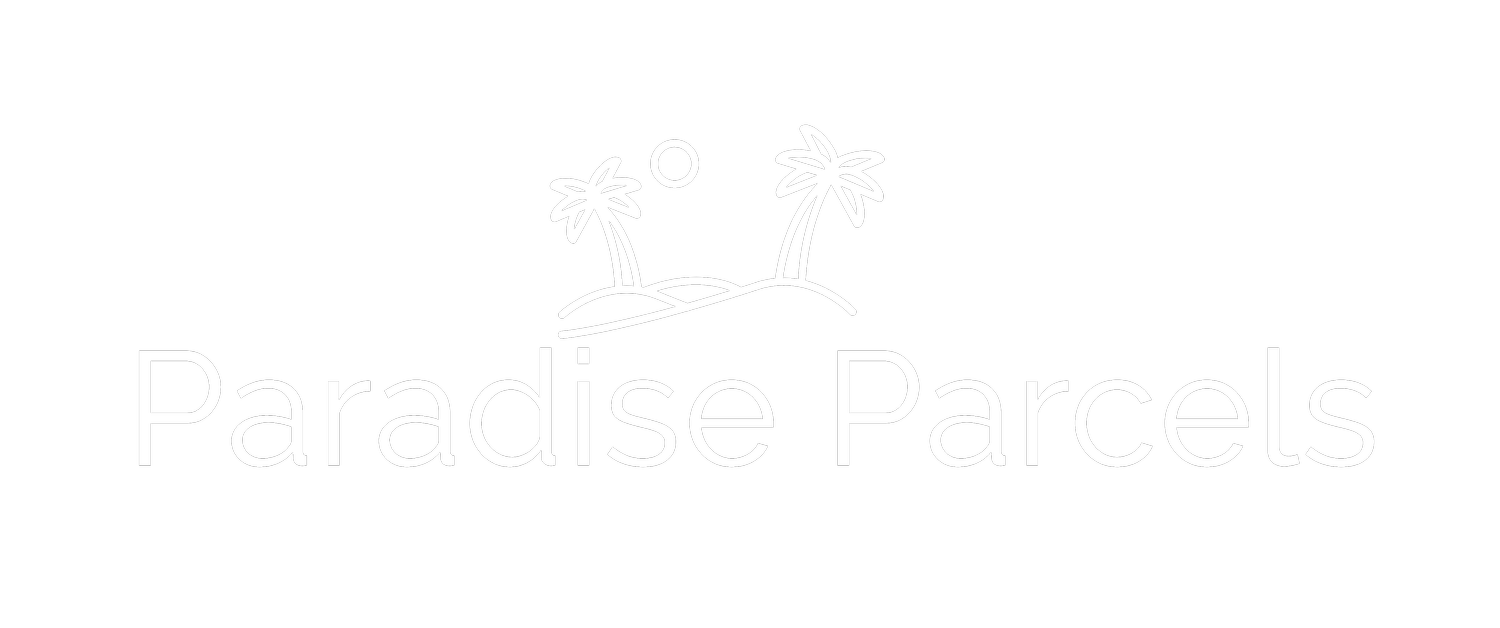How Florida Became the Wild West of Lot Sales
And why it still matters if you're buying land today
Back in the 1960s, Florida was the land of big dreams and even bigger lot maps.
More land was subdivided in Florida than the rest of the United States combined. That’s not marketing hype — that’s historical fact.
Developers and promoters sold tens of thousands of tiny lots to out-of-state buyers through slick mailers, glossy brochures, and monthly payment plans that felt too good to pass up. For as little as $10 down, you could “own a piece of paradise.”
The Golden Age of Paper Lots
At the heart of this boom were speculative subdivisions — massive grid-style communities carved out of swampland, pine forests, and ranchland. Developers paved roads, platted parcels, and sent salesmen across the country (or simply used direct mail). The goal wasn’t always to build; it was to sell.
This gave birth to places like:
Lehigh Acres – once a cattle ranch, turned into 135,000 postage-stamp-sized lots
Port Charlotte and North Port – built by the Mackle brothers and Canadian partners
Port Malabar, Cape Coral, Deltona, Golden Gate Estates, and more
Some of these towns eventually grew into thriving cities. Others? Still struggling with unbuilt lots, cracked roads, and zoning confusion.
Then the Government Stepped In
By the 1970s, federal regulators caught on. Too many folks were buying “investment lots” sight unseen — only to find out their property was landlocked, underwater, or without any chance of development. Laws were passed to rein in the chaos and protect buyers.
Mail-order lot sales were banned. Developers had to disclose more. But the ripple effect of those early days still lingers in Florida’s landscape.
What That Means Today
Fast forward to now: a lot of those old subdivisions still exist, and many are still filled with vacant lots. Some roads have never been paved. Some communities have grown around them. Others are time capsules — places where nature took over again.
You’ll still see these lots listed online, often with phrases like:
“Quiet neighborhood”
“Great investment opportunity”
“No HOA or time to build”
Sometimes that’s true. Other times it’s just clever copywriting slapped on a lot that’s been listed (and relisted) for 30 years.
The Truth: Florida Is Full of Forgotten Land
There’s a romantic idea that buying land is always a smart move. And yes, land ownership is powerful especially in Florida, where growth and migration continue to boom.
But history proves one thing: not all land is created equal.
Some parcels were never meant to be built on. Some have no road access. Some have confusing title histories. And some sit in neighborhoods that haven’t changed in 50 years.
That’s why due diligence matters. Zoning, access, elevation, utilities, flood zones — it’s not the sexy stuff, but it’s what separates a dream deal from a decade-long headache.
Final Takeaway: The Past Still Shapes the Dirt Beneath Us
This old-school land grab defined entire regions of Florida. It built real cities, and ghost subdivisions. If you're shopping for land today, especially in areas like North Port, Interlachen, or Port Charlotte, you're standing on top of that legacy.
At Paradise Parcels, we study that history. We don’t just sell land, we vet it. Every parcel we list has gone through zoning checks, access validation, and internal review. Because we’ve seen the roads that lead nowhere…. literally.
Thinking about buying Florida land?
Start smart. Ask questions. And don’t fall for the same pitch buyers fell for 60 years ago.
